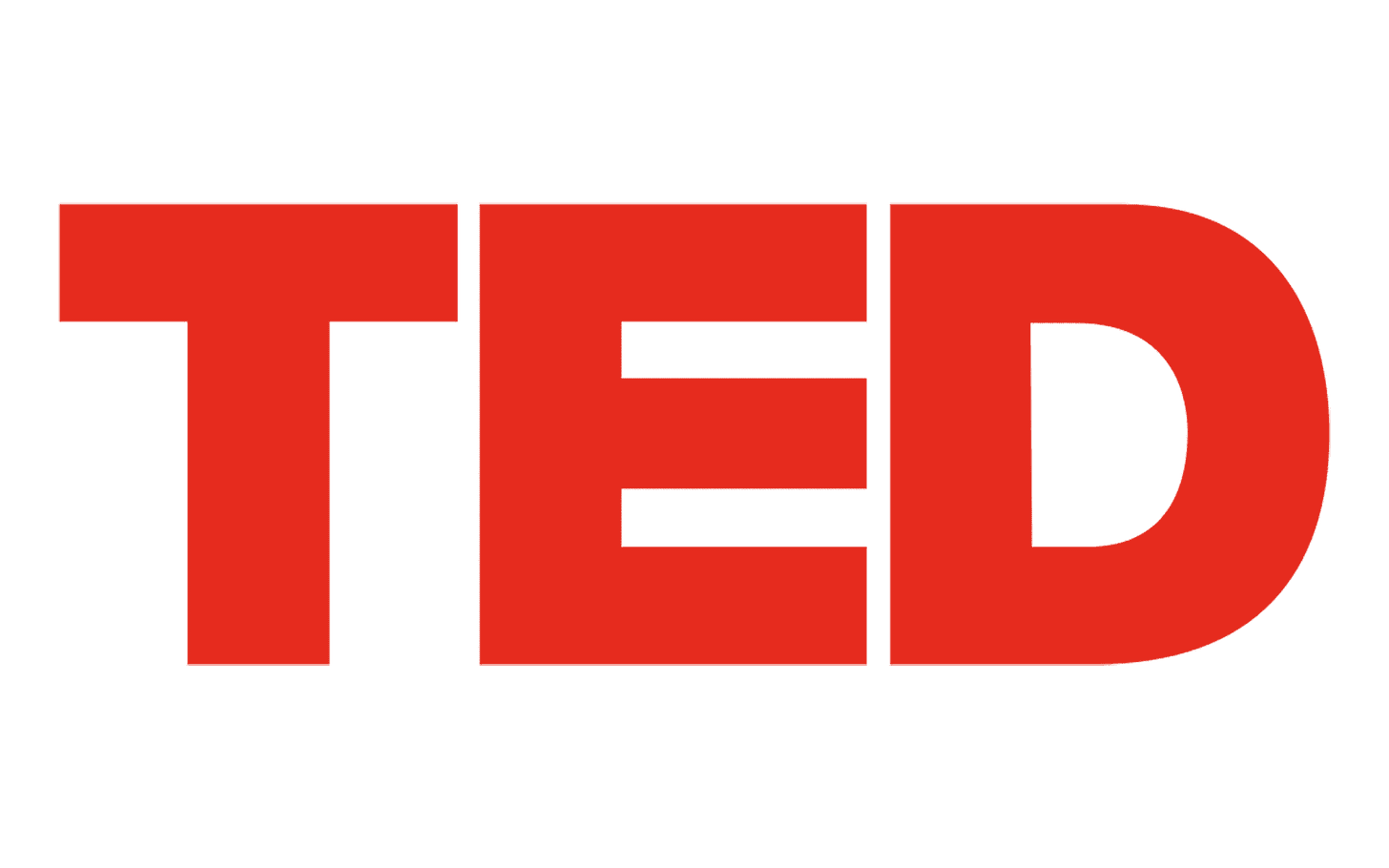Forget Superchickens
The Surprising Truth About Team Dynamics
The Impactful Executive: Weekly Brief Article
Read time: 1.5 min
Forget Superchickens: The Surprising Truth About Team Dynamics
And why the 'average' flock might be your team’s next big thing
William Muir of Purdue University conducted an experiment, drawing clear parallels to team productivity and dynamics. He created two flocks of chickens: one comprised of average chickens and the other comprised of “superchickens”, all the highest-performing individuals. After six generations, the ordinary flock thrived, while the individually productive superchickens were pecked to death by their peers.
"The individually productive chickens had only achieved their success by suppressing the productivity of the rest."
Within organizations, there is a tendency to overemphasize high-performing “superstar” individuals. This drives competition, aggression, dysfunction, and waste instead of promoting teamwork and collaboration.
Research from MIT on team dynamics found that high-performing teams shared three characteristics:
A higher degree of social sensitivity
Equal time contributions from all members
More women
"Some groups do better than others, but what's key to that is their social connectedness to each other."
When teams accrue robust levels of social capital by increasing their trust in one another and building networks and relationships, they become more productive and demonstrate greater resilience in the face of challenges.
Bank of America initiated a policy synchronizing employee coffee breaks so that people would have time to talk to each other. This led to a $15 million increase in profits and a 10% surge in employee satisfaction.
"Companies don't have ideas; only people do."
Great ideas often emerge from collaborative synergy. Many of the best companies prioritize collective effort instead of individual brilliance.
The engineering firm, Arup, emphasizes a culture of helpfulness. While solving a problem during the Beijing Olympics (disposing of waste from jet-lagged thoroughbred horses), a solution was discovered in a single day by focusing on collective brainstorming and collaboration. Tech giant SAP uses collective knowledge pools to ensure queries are addressed within 17 minutes.
Leadership and talent management must foster team collaboration. Leadership isn't about creating more followers but about enabling more leaders and encouraging innovative thought-sharing.
While society often highlights individual prowess, embracing collaboration is the path to sustainable success, innovation, and productivity. Teams prioritizing mutual respect, shared goals, and collective intelligence are better poised for long-term success, proving that we achieve more together.
So What: What traits of superchickens are your team members exhibiting, and how are they connecting beyond the professional aspects of work?
Source:
Heffernan, M. (2017, February 23). Forget the pecking order at work [Video]. TED. (Link)




